Non-surgical Rehabilitation
The early symptoms of cubital tunnel syndrome usually lessen if you just stop doing whatever activity is causing the symptoms. Anti-inflammatory medications suggested to you by your doctor may help control the symptoms, however it is much more important to stop doing whatever is causing the pain in the first place. If necessary, work with your supervisor to modify your job activities.
If your symptoms are worse at night, your One Wellness physiotherapist may advise that you wear a lightweight plastic arm splint or athletic elbow pad while you sleep to limit movement and ease irritation. You can also wear the elbow pad during the day to protect the nerve from the direct pressure of leaning.
Your physiotherapy or occupational physiotherapist will work with you to ease symptoms and improve elbow function. During your initial physiotherapy session, our physiotherapist will give you tips how to rest your elbow and how to do your activities without putting extra strain on your elbow. Our physiotherapist may apply heat or other treatments to ease pain. Exercises are used to gradually stretch and strengthen the forearm muscles.
We may show you how to do special exercises to help the ulnar nerve glide within the cubital tunnel. Treatment then progresses to include strengthening exercises that mimic your daily and work activities.
You may need to continue wearing your elbow pad or splint at night to control symptoms. You will also be encouraged to do your activities using healthy body and wrist alignment, limit repeated motions of the arm and hand, and avoid positions and activities where the elbow is held in a bent position.
If nonsurgical treatments are successful, you may see improvement in four to six weeks, although the time required for recovery is different for each patient.
When your recovery is well under way, regular visits to One Wellness will end. Although we will continue to be a resource, you will eventually be in charge of doing your exercises as part of an ongoing home program.
Post-surgical Rehabilitation
Recovery after elbow surgery depends on the procedure used by your surgeon. If you only had the medial epicondyle removed, you'll have a soft bandage wrapped over your elbow after surgery. Your physiotherapy program can progress quickly after this type of surgery. Our treatments start out with range-of-motion exercises and gradually work into active stretching and strengthening. You just need to be careful to avoid doing too much, too quickly.
Physiotherapy goes slower after ulnar nerve transposition surgery. Although the time required for recovery varies among patients, you could require therapy for three months. This is because the flexor muscles had to be sewn together to form the new tunnel. Your elbow will be placed in a splint and wrapped in bulky dressing, and your elbow will be immobilized for about three weeks.
When the splint is removed, your physiotherapy program will begin with passive movements. In passive exercises, your elbow is moved, but your muscles stay relaxed. Our physiotherapist gently moves your arm and gradually stretches your wrist and elbow. We may also teach you how to do passive exercises at home.
Active physiotherapy usually starts six weeks after surgery. We will show you how to use your own muscle power in active range-of-motion exercises. Light isometric strengthening exercises are started. You may begin careful strengthening of your hand and forearm by squeezing and stretching special putty. These exercises work the muscles without straining the healing tissues.
At about eight weeks, you'll start doing more active strengthening. Our physiotherapist will give you exercises to help strengthen and stabilize the muscles and joints in the wrist, elbow, and shoulder. We may recommend additional exercises to improve fine motor control and dexterity of the hand.
Some of the exercises you'll do are designed get your elbow working in ways that are similar to your work tasks and sport activities. Our physiotherapist will help you find ways that you can do your tasks that don't put too much stress on your elbow. Before your physiotherapy sessions end, our physiotherapist will teach you a number of ways to avoid future problems.
One Wellness provides services for physiotherapy in Canmore.
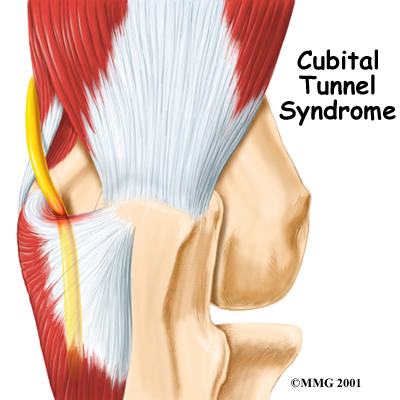

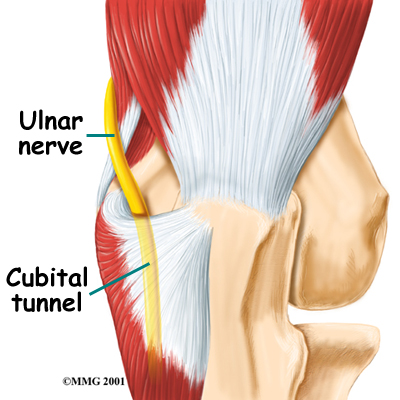 The ulnar nerve actually starts at the side of the neck, where the individual nerve roots leave the spine. The nerve roots exit through small openings between the vertebrae. These openings are called neural foramina.
The ulnar nerve actually starts at the side of the neck, where the individual nerve roots leave the spine. The nerve roots exit through small openings between the vertebrae. These openings are called neural foramina.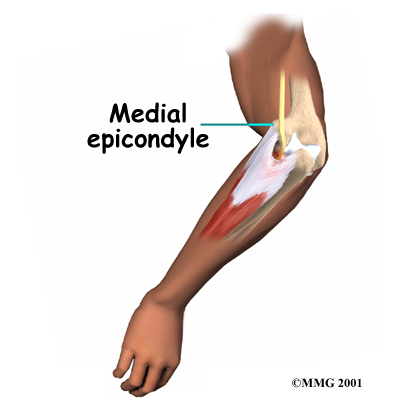 What causes cubital tunnel syndrome?
What causes cubital tunnel syndrome?
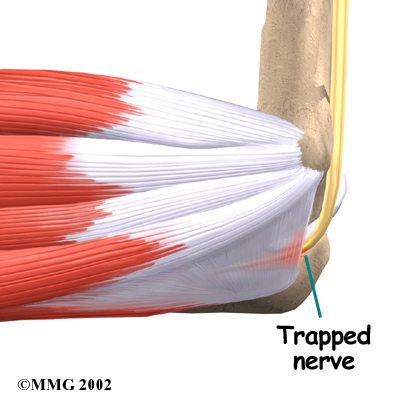
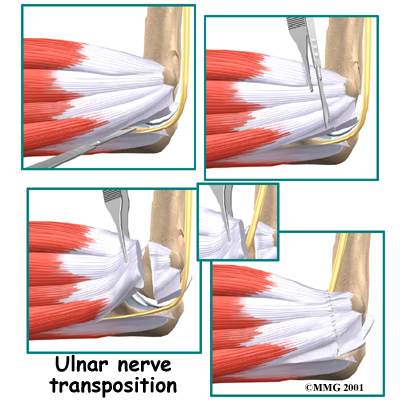
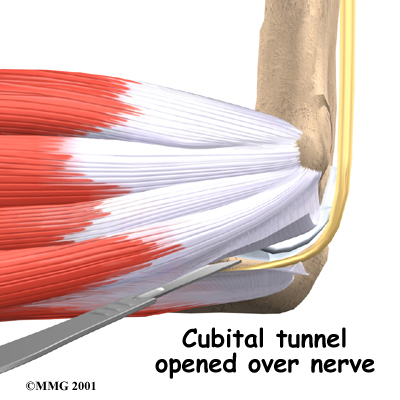
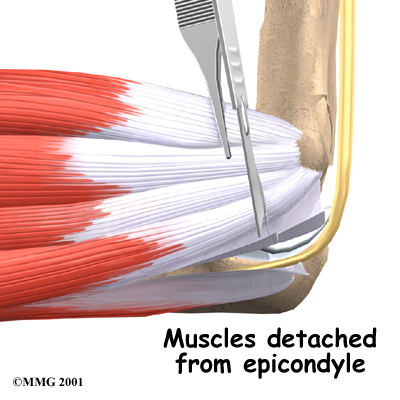
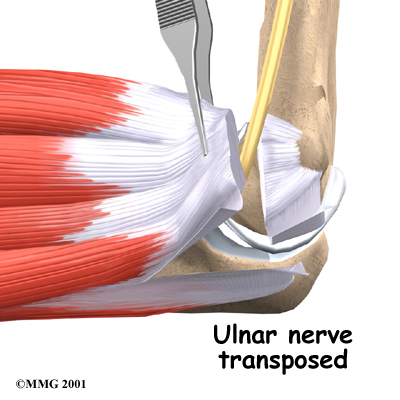
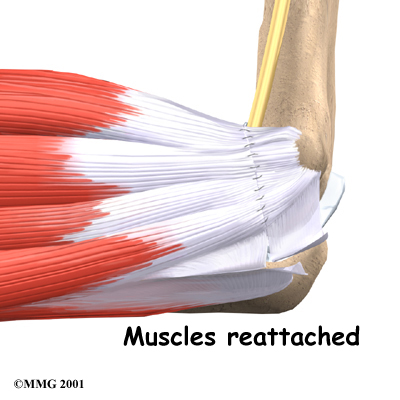
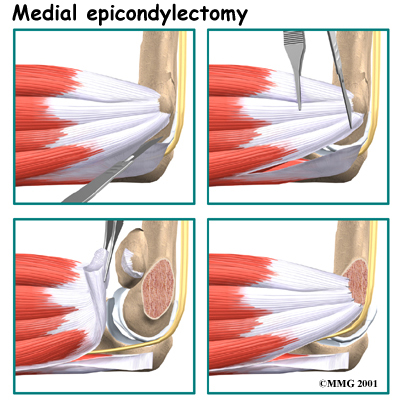
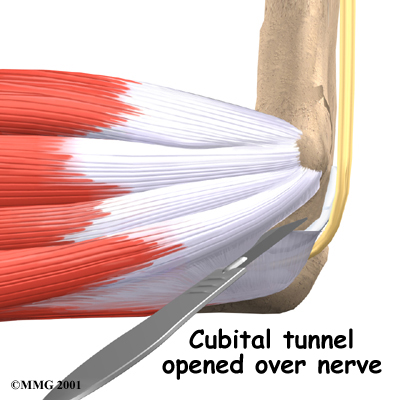
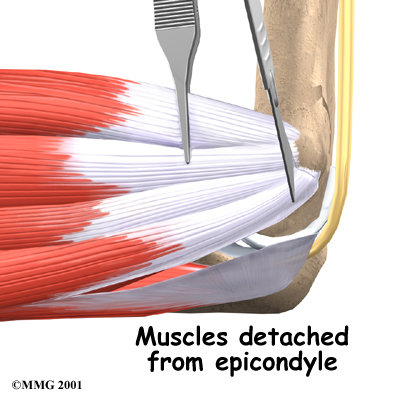
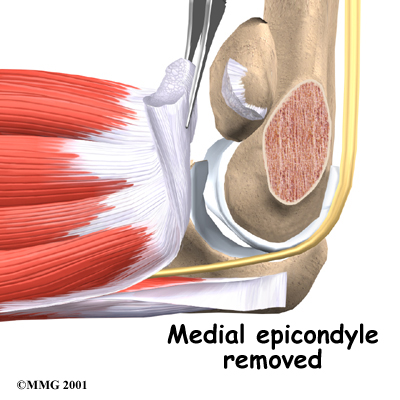
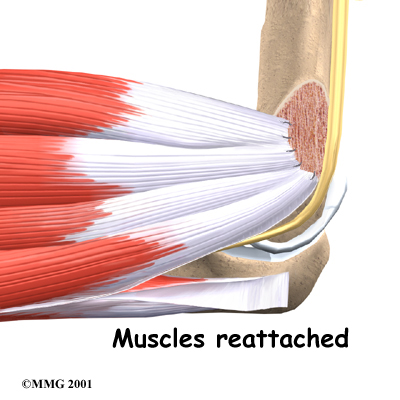


 (403) 679-7179
(403) 679-7179  concierge@one-wellness.ca
concierge@one-wellness.ca 

